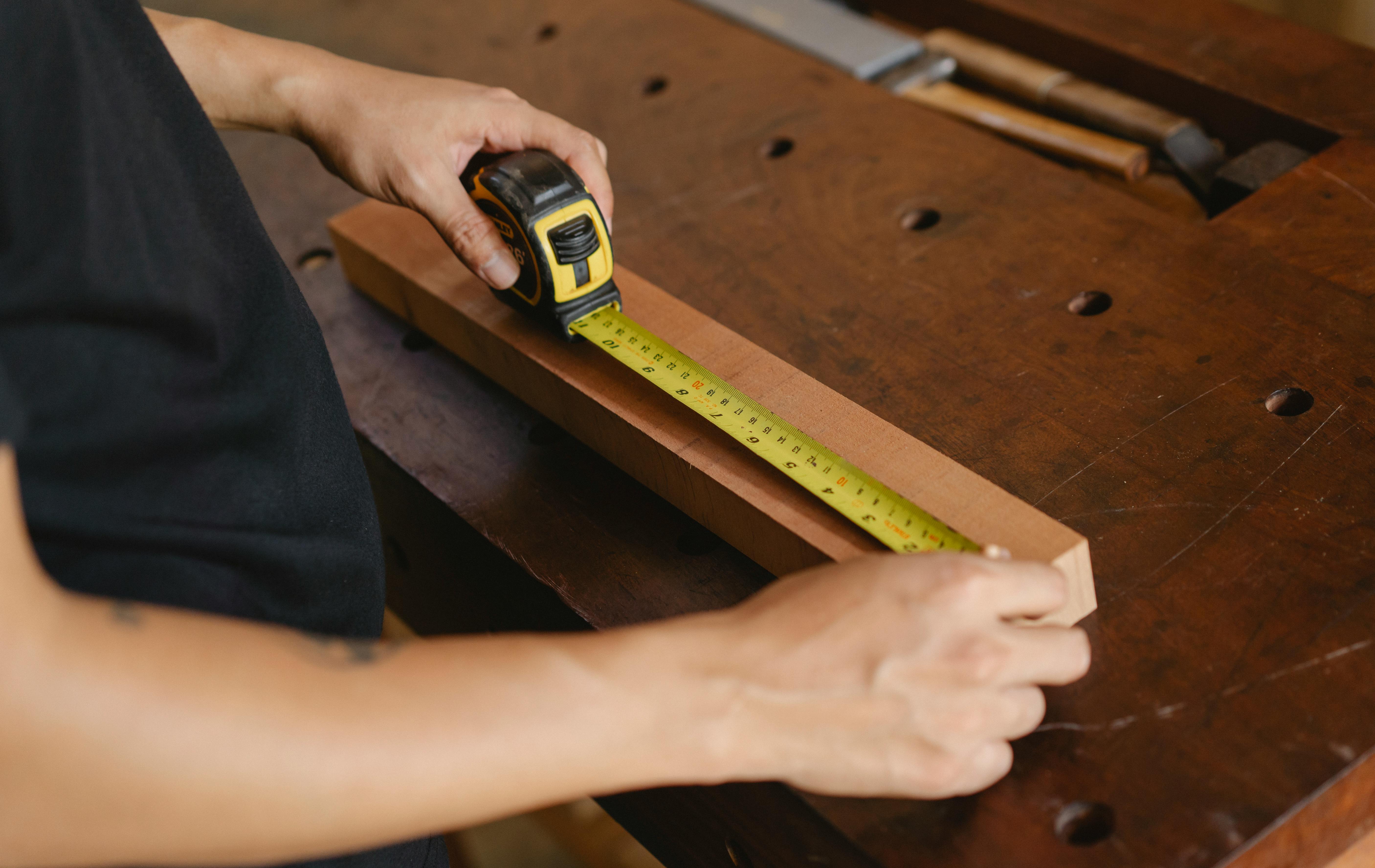
HD-CVI = The death of the analog security camera
I finally saw the end. After the advent of high-definition IP cameras, I saw the analog camera as a very low-cost, primitive video security solution. No more, as I now see the 1080p resolution HD-CVI cameras connected with cost reduction each week will finally make the poor quality video we still see today go away. Finally, we have a chance to get rid of the bad video that is recorded every day many times to no avail as the video quality is useless in many cases. I was recently able to implement HD-CVI, HD Over Coax, in several places and clearly saw that the video quality was equal to the high resolution IP I had been implementing. Wow, just plug the output coax cable into the BNC connection and plug in the HD-DVR and boom, bad video to brilliant 1080p video with WDR. Four times the resolution and 30% more coverage proved that this technology is as good as the IP video security technology we see today.
I wasn’t a proponent of HD over Coax until recently. With the video quality coming from the new IP cameras, my recommendation was to replace the coax cabling and replace it with Cat-5 for IP cameras. I saw customers looking at the high cost of IP cameras, as well as the cost of local security companies who charge $100 per hour for labor to replace the cable. I heard about problems in the early days (2013) of HD over Coax and more importantly IP cameras were making huge gains in video quality and price levels. But HD-CVI has certainly put the IP folks on the defensive, but there’s no denying the equation of performance over cost that favors HD Over Coax.
The benefit of HD-CVI is to use the same cabling that low resolution analog cameras are currently connected to and achieve the same benefits of IP cameras with high resolution and detailed video many times 4 times the resolution/quality of older analog cameras. . HD-CVI quality is exceptional and coax cabling allows for two-way communication with the camera, allowing for detailed configuration with each camera along with PTZ control and two-way audio.
Replacing an analog camera with an HD-CVI camera takes approximately 10 minutes per camera. Replacing the old DVR with a new HD-DVR takes approximately 30 minutes to set up. The connections are not changed and the new system will offer remote access through the iPhone, Droid or iPad offering high definition from any device.
Latency issues with IP camera systems are common today. The delay is usually in the live view of the camera coming from the NVR unit and this delay is seen as a problem with security guard monitoring or critical stud monitoring. In most applications this is not a problem, however in a real time environment a 2-3 second delay is critical. There are many IP systems in production today that “simulate” the system to overcome this lag issue by reducing resolution, framing, etc. HD-CVI does not experience any lag issues and provides the same video quality.
IP cameras are an excellent option in any CCTV security video system today. Lag issues are something to consider and overcome with live streams and other monitoring integration options. The video quality and choice of IP cameras make them “The Choice” in any New Installation. However, my recommendation to owners of existing analog camera systems is to seriously consider replacing them with the newer HD-CVI technology. With 3-megapixel 1080p resolutions and low replacement cost, today you can get HD-CVI 1080 resolution at half the cost of an IP system, consider HD-CVI when you’re ready to upgrade.


